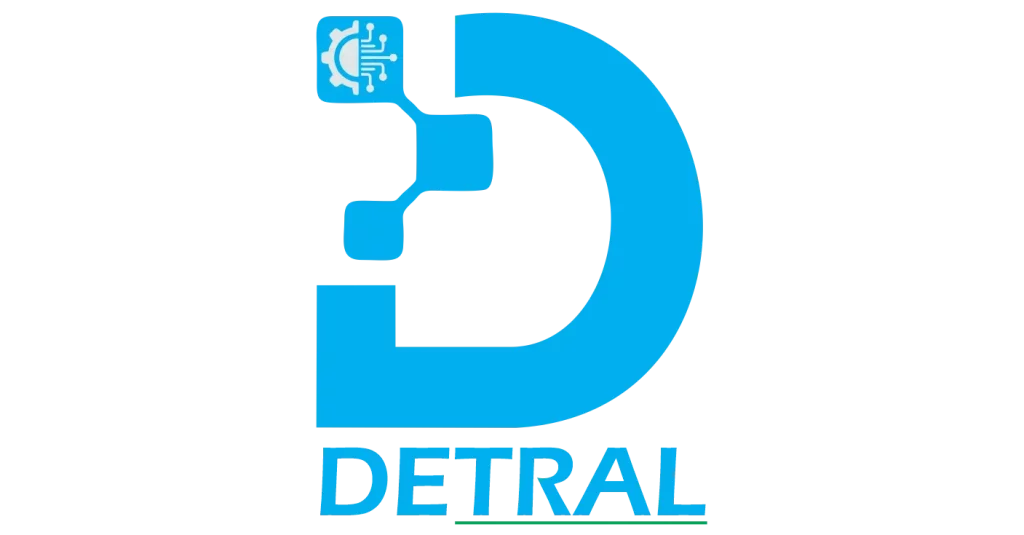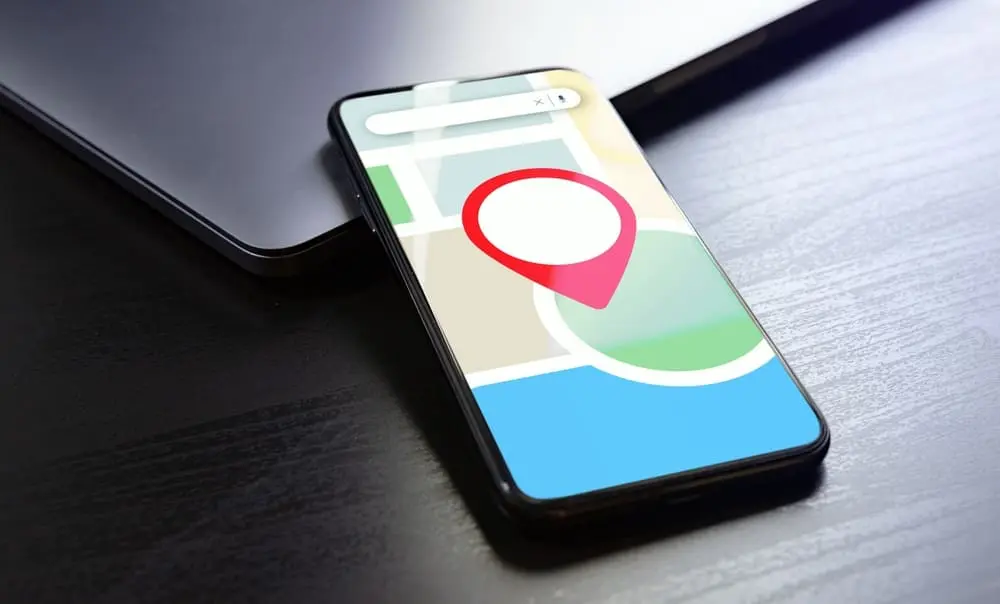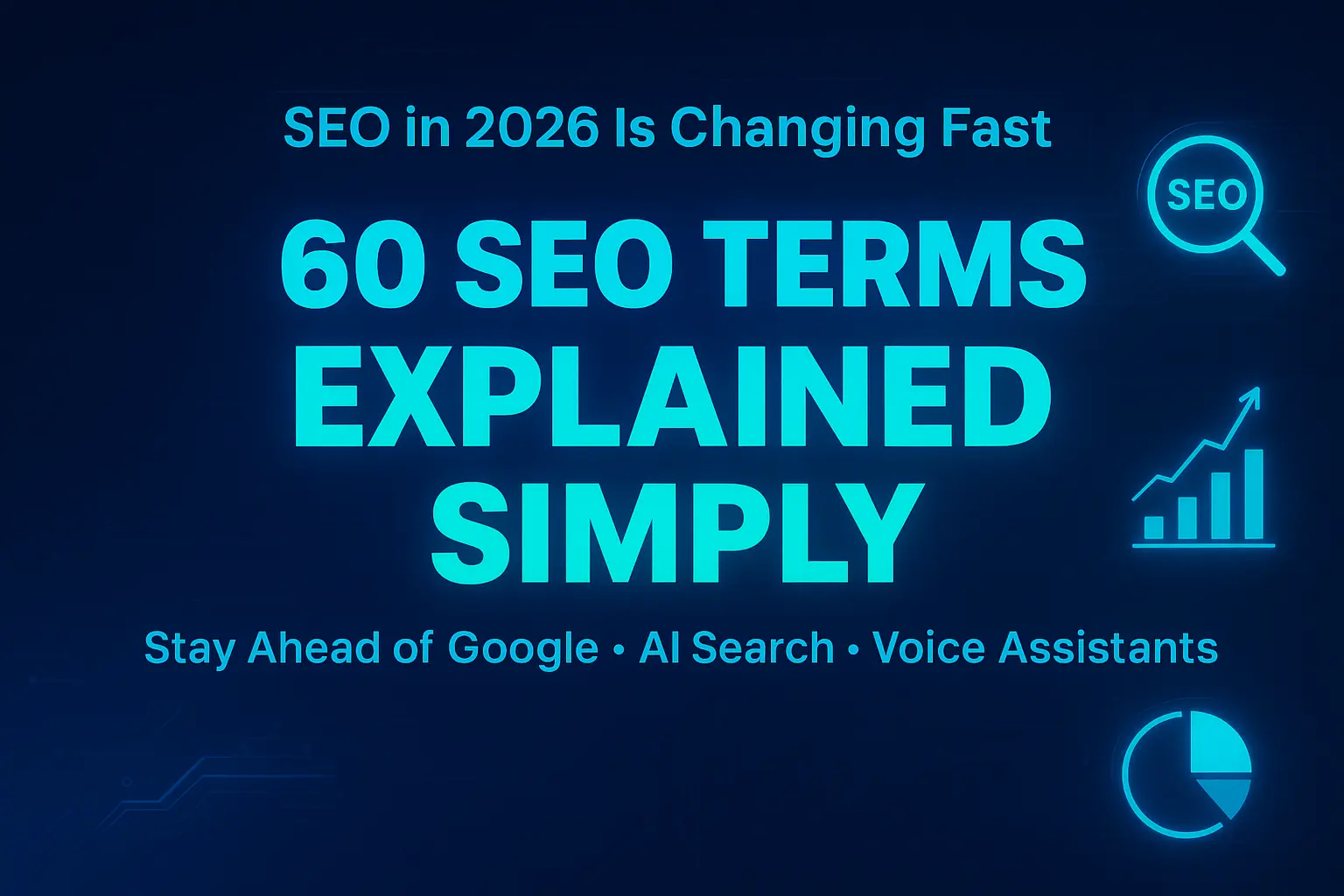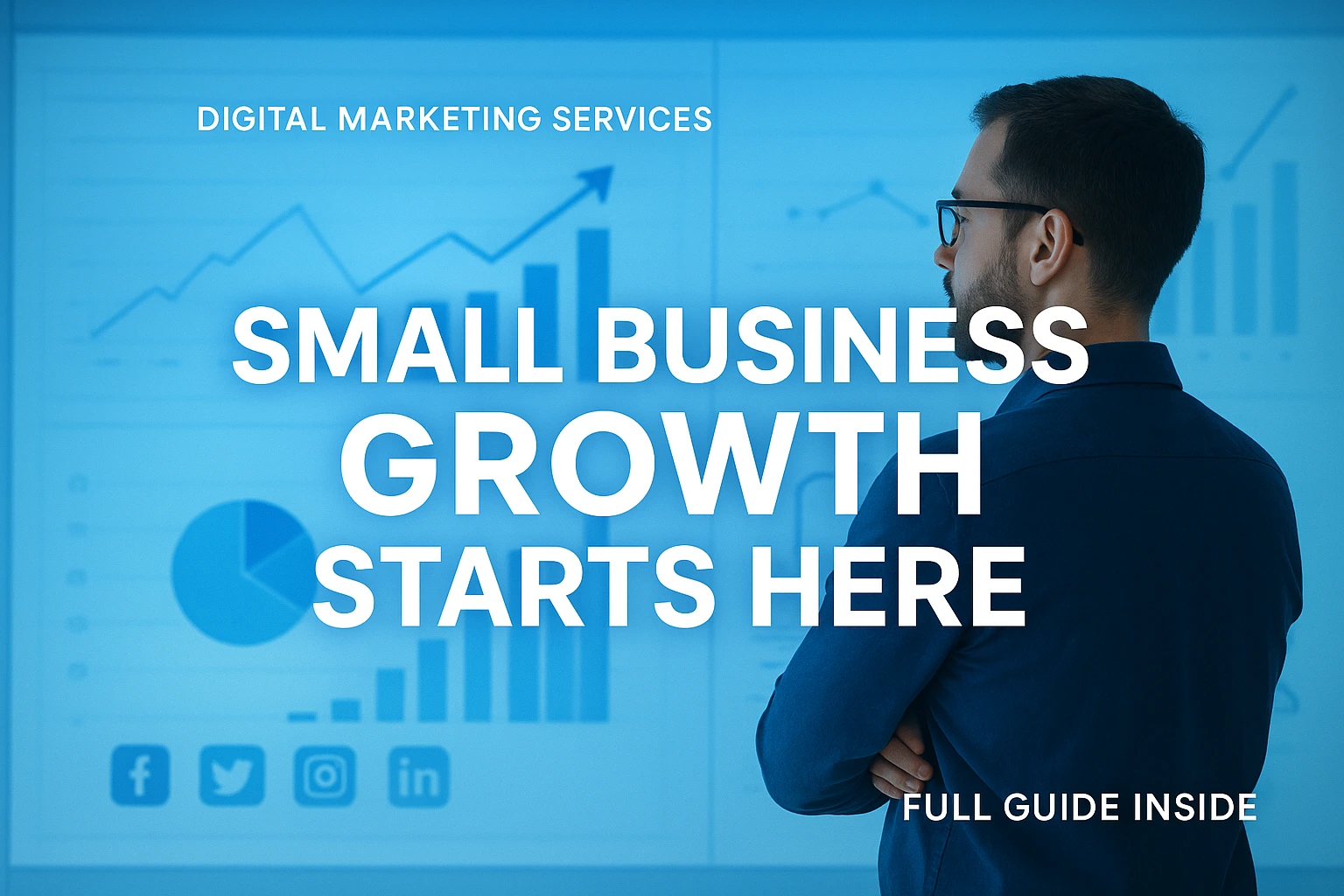In the heart of Austin, TX, where innovation and creativity flourish, businesses are constantly on the lookout for new ways to reach customers. One of the most effective strategies rising in popularity is geofencing marketing. What is it, and how does it work? If you’re hearing about this for the first time, you’re in the perfect place to learn. Let’s dive into the world of geofencing marketing, explore its benefits, and discover how it can transform your business in Austin.
Table of Contents
ToggleWhat Is Geofencing Marketing?
At its core, geofencing marketing is a location-based digital marketing strategy that uses GPS, RFID, Wi-Fi, or cellular data to create a virtual boundary—or “fence”—around a specific geographic area. When a person enters this defined area with their mobile device, they can receive targeted advertisements, notifications, or offers related to businesses within that zone.
Imagine this: You’re strolling through downtown Austin, and as you pass a local coffee shop, your phone buzzes with a special discount. That’s geofencing at work—delivering hyper-targeted ads to potential customers in real-time.
How Does Geofencing Work in Austin, TX?
Geofencing relies on the use of geo-location technology to track mobile devices. Here’s a simplified step-by-step breakdown of how it works in Austin:
- Define the Location: Businesses set a specific location, like a block around their store, a concert venue, or a competing business.
- Build a Geofence: A virtual boundary is created using GPS or other location-based services.
- Trigger the Ads: When someone with a smartphone enters the fenced area, geofencing technology activates pre-programmed ads, alerts, or messages.
- Customer Interaction: The user sees the ad or offer, ideally leading them to visit the business.
Whether it’s targeting concert-goers at Zilker Park or offering promotions during SXSW, geofencing in Austin is highly versatile.
Why Austin, TX is Perfect for Geofencing
Austin is a city with a booming tech scene and an engaged population that thrives on innovation. Its unique cultural events, growing business hubs, and tech-savvy consumers make it an ideal playground for geofencing marketing. The large crowds attending festivals, conferences, and local events present a significant opportunity for businesses to engage with potential customers right where they are.
Benefits of Geofencing Marketing in Austin
1. Increased Local Engagement
Geofencing allows businesses in Austin to target customers who are physically nearby, increasing the chances of them stopping by. Whether they’re in the trendy South Congress district or attending a local event, customers are more likely to act when they receive a real-time, relevant offer.
2. Hyper-Targeted Advertising
With geofencing, you’re not wasting money on a broad audience. Instead, you’re focusing on the people who are most likely to visit your store or use your services—those who are physically in the area.
3. Real-Time Interaction
Want to reach customers right now? Geofencing ads work in real-time, meaning you can engage customers at the exact moment they’re near your location. This immediacy increases the chances of converting a potential customer into an actual sale.
4. Data-Driven Decisions
Geofencing provides businesses with detailed analytics. You’ll know who entered your geofence, how long they stayed, and whether they visited your business. This data helps you refine your marketing strategies for even better results.
The Cost of Geofencing Marketing in Austin
How much does geofencing cost in Austin, TX? Well, the answer varies based on several factors, such as the size of the geofence, the length of the campaign, and the type of ads you’re running. On average, businesses can expect to spend anywhere from $3.50 to $15 per 1,000 impressions.
Think of it like this: You’re paying for the ability to reach a precise audience at the perfect moment, which often leads to a higher return on investment compared to traditional advertising.
Understanding Geofencing Ads
Geofencing ads can take many forms, including:
- Push Notifications: Direct messages that pop up on a user’s device.
- In-App Ads: Ads shown within mobile apps as users enter a specific geofenced area.
- SMS Alerts: Text messages sent when a user enters the boundary.
- Mobile Display Ads: These appear as banners or pop-ups within websites or apps users are browsing.
Popular Geofencing Ad Networks
When it comes to running geofencing ads, partnering with the right ad network can make all the difference. Some of the most popular geofencing ad networks include:
- Google Ads: Known for its extensive reach and ability to set up location-based ads.
- Facebook Ads: Allows businesses to create geofencing campaigns targeting users on Facebook and Instagram.
- GroundTruth: A platform specializing in location-based marketing and geofencing.
Choosing the right network depends on your audience and goals, but these platforms provide a solid starting point.
Why Use Geofencing Advertising in Austin, TX?
1. Ideal for Events
Austin is home to major events like SXSW, ACL, and Formula 1, which attract thousands of people. Geofencing allows businesses to reach event attendees directly, offering promotions or incentives while they’re in town.
2. Compete with Local Rivals
By setting up a geofence around a competitor’s location, businesses can serve ads to potential customers visiting that rival establishment. If you’re a local café, imagine targeting customers as they walk into a nearby Starbucks!
Who Should Use Geofencing in Austin?
Unsure if geofencing is a good fit for your business? Here are some industries that can benefit from it in Austin:
- Retailers: Attract nearby shoppers with flash sales or discounts.
- Restaurants and Bars: Promote happy hours or special offers to passersby.
- Event Venues: Reach concert-goers or conference attendees in real-time.
- Real Estate: Target potential homebuyers in specific neighborhoods.
If you want to drive foot traffic or capture the attention of those already near your business, geofencing is a smart choice.
How to Get Started with Geofencing Marketing
If you’re in Austin and want to start geofencing, here’s a quick guide to get you up and running:
1. Define Your Target Area
Start by selecting the geographic area where you want to set up your geofence. It could be your storefront, a busy event location, or a competitor’s business.
2. Choose Your Ad Network
Pick an ad network like Google Ads, Facebook Ads, or GroundTruth to help you deliver your ads to the right audience.
3. Craft Your Message
Make sure your ads are engaging and include a strong call-to-action. The offer needs to be compelling enough for someone to take immediate action.
4. Monitor and Optimize
Track the performance of your geofencing campaign. Look at the data and see what’s working, then tweak your ads for better results.
Challenges of Geofencing Marketing
While geofencing is powerful, it’s not without its challenges:
1. Privacy Concerns
People are increasingly worried about their location data being used. Businesses must ensure they’re transparent about how they use this data and comply with privacy laws.
2. Battery Drain
Geofencing apps can drain a user’s phone battery, which may lead to app uninstalls if users find it too intrusive.
3. Cost
While geofencing is relatively cost-effective, businesses need to be mindful of their budget, especially if they’re targeting high-traffic areas.
Conclusion
Geofencing marketing in Austin, TX, is an incredibly effective tool for businesses looking to engage with customers in a hyper-local, real-time manner. Whether you’re running a small local shop or a large event, geofencing can help you capture the attention of potential customers exactly when and where they’re most likely to act. While there are some challenges, the benefits far outweigh the drawbacks, making geofencing a must-try for businesses in Austin.








